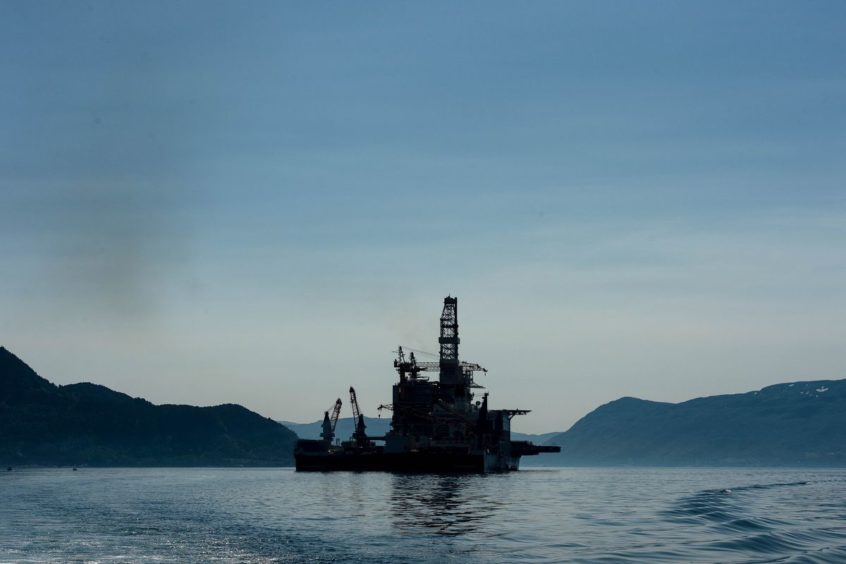
The rise of a huge new Norwegian oil field is poised to give North Sea output one of its biggest boosts in years. The surge won’t last.
Johan Sverdrup, one of the five largest offshore oil fields ever discovered in Norway, has been given the green light to begin production, with operator Equinor ASA scheduled to start loading crude onto tankers as soon as next month. The field will single-handedly deliver the biggest increase in oil production for Norway next year since the 1980s. While that’s good news for its owners and Norway, the North Sea will still have to grapple with declines in supply from more mature fields that have been operating since the 1970s.
The problem for North Sea producers is that there’s just no other project under development that comes close to Sverdrup in scale. The next biggest field due to start by the end of 2020 is Martin Linge, according to Energy Aspects Ltd. Also part of Equinor’s pipeline, it pales in comparison.
The scale of Johan Sverdrup is also evident in reserves. While Edinburgh-based Wood Mackenzie Ltd. forecasts a massive increase in reserves being brought into production this year, that’s mostly down to Sverdrup: it accounts for just over 60% of 4.2 billion barrels this year. Those figures from the researcher also include natural gas.
Norway and Britain are by far the biggest producers in the North Sea. While Sverdrup will boost Norway’s production growth, U.K. supply will decline into the next decade as production falls at mature fields including Buzzard, Golden Eagle and Elgin.
The next largest field due to start in the U.K. is Bentley, according to Energy Aspects, which forecasts output of about 60,000 barrels a day. That’s a fraction of the size of Sverdrup, which will deliver 440,000 barrels a day in its first phase, rising further into the next decade once a second stage is complete. Norway’s production is forecast to decline after Sverdrup reaches peak production.
Recommended for you
